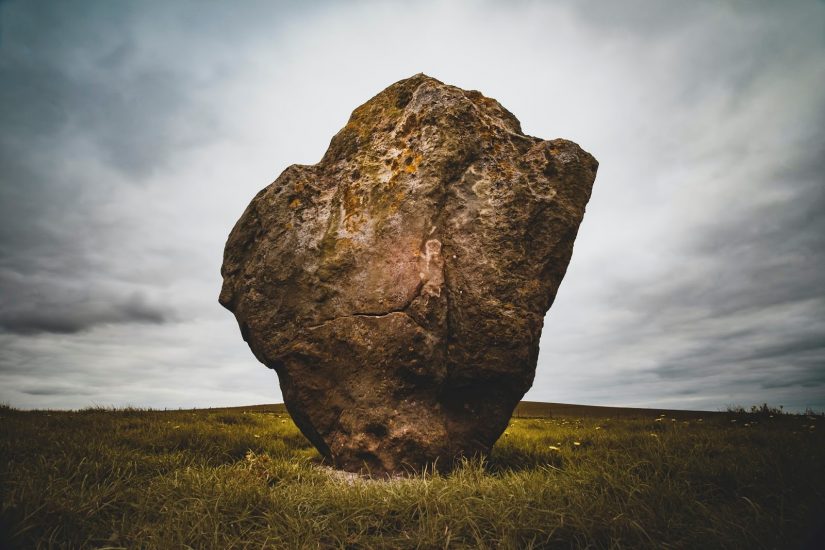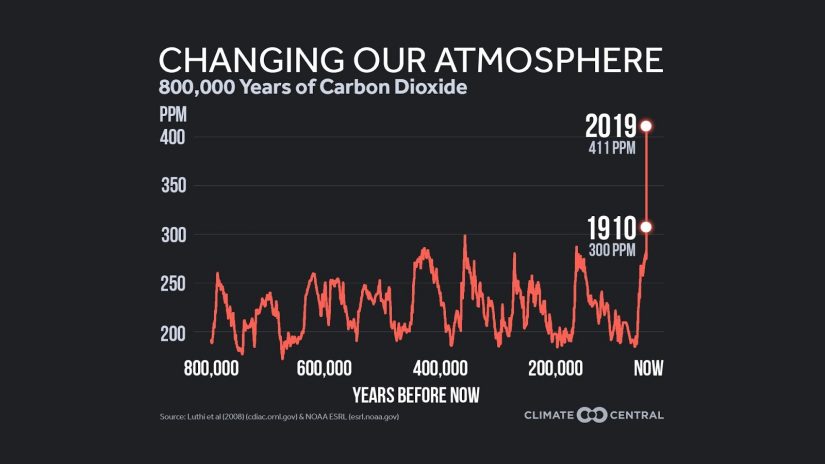The Phoenix and the Boulder
Resilience, as defined by the Oxford online dictionary:
- The capacity to recover quickly from difficulties; toughness.
- The ability of a substance or object to spring back into shape; elasticity.
There’s a lot of talk about resilience these days. A longtime buzzword in the environmental community, the term has taken on a life of its own and come to encapsulate everything from mental strength to rebounding ecosystems. Given that we’re in the midst of a global pandemic, it’s understandable why the idea of resilience sounds so good to so many.
Many people use the word ‘resilience’ to mean a Phoenix-style resilience. You know, the kind where the mythical bird rises from the ashes to become…the exact same bird. I don’t want to talk about or aspire to this type of material, cyclical resilience. When things literally or figuratively burn to the ground, I don’t want to see us rebuild the same, faulty thing again. While we do need a Phoenix-style mental and emotional resilience, the challenges we face also require a progressive, material transformation that goes a step further than resilience. Stick with me here.
Say you’re trying to walk up a hill but have a boulder ten times your weight attached to you by a rope. It’s so heavy that no matter how hard you try, you won’t be able to pull it a single inch uphill. No one else is around to help you lighten the load. So instead, you turn around, face the boulder, and start chipping away with the car keys in your pocket. You work for hours, chiseling away while simultaneously wearing down your keys. Next you use your iPhone like a hammer; then the metal on your belt loop; then…okay, you get the point. You’re using every tool in your (albeit pathetic) arsenal to lighten this load so you can start making progress, never wavering from your passionate commitment to this struggle.

The boulder is climate change and a whole host of other environmental issues. The perceived absence of anyone who will help lighten your load is our political reality, though not our true reality (there are many people out there doing this work). Your “pathetic arsenal” consists of metal straws, “voting with your dollar,” and meat-free Mondays. The rope is the ideologies and systems that tether us to a boulder of issues. Hopefully, though, your passionate commitment to the struggle is the same in either situation.
The boulder needs to go, but in order to do so, you need to be resilient, like the Phoenix. Yes, we’re desperately chipping away at a seemingly immovable burden, but we can make progress if we remain mentally and emotionally resilient. So how do we do that?
Climate Anxiety
Almost exactly a year ago, I wrote a piece for Currents about climate anxiety. In it, I included a quote from an American Psychological Association (APA) and ecoAmerica report that today seems eerily relevant for both our climate and COVID-19 situations. The 2017 report opened with a letter that read:
“[T]he psychological responses to climate change, such as conflict avoidance, fatalism, fear, helplessness, and resignation are growing. These responses are keeping us, and our nation, from properly addressing the core causes of and solutions for our changing climate, and from building and supporting psychological resiliency.”
It gives me goosebumps every time because most of us are failing to acknowledge a major obstacle to our progress: a lack of psychological (mental and emotional) resilience. How are we supposed to engage in climate solutions when we’re stuck in a pattern of reacting with “avoidance, fatalism, fear, helplessness, and resignation?” How can we build externally resilient societies and infrastructures if we are not internally resilient? How will we find the strength to keep reaching into our pockets for tools to chip away at the boulder if we lose our passion, commitment, and hope that our efforts will make an impact?

Lately, I’ve turned to the work of our very own University of Washington professor, Dr. Jennifer Atkinson, to help me navigate the tumultuous world of climate anxiety and emerge as a psychologically resilient Phoenix. Here is some advice that I have taken from her work, which you’ll find useful if you’re also concerned about climate change:
Step 1: Acknowledge the Struggle
Dr. Atkinson’s latest project is an aptly named podcast: “Facing It.” Like any grief or anxiety, the only way through it is…well, through it. When we’re avoiding or fearful of our climate anxiety, we become stuck, unable to make progress; unable to chip away at our massive, burdensome boulder. Dr. Atkinson told Outside magazine last year that “Acknowledging hard emotions is not the same as giving in to despair… If you’re afraid they’re going to plunge you into hopelessness, I think the opposite is true.” While facing the problem might feel frightening or daunting, it’s also empowering. Giving your anxiety a name (“climate anxiety,” solastalgia, or eco-anxiety) can help you separate it from yourself and look at it from a new perspective. This distance can help you get out from under it and give you the nudge you need to commit yourself to creating solutions.
Step 2: Take Action
Once we’ve faced it, named it, acknowledged it, it’s time to start moving through it. Getting to work is often the most effective way to break through anxiety-induced paralysis. Pull out those tools and start chipping away! You have unique strengths to offer, whether it’s your creativity, your knack for public relations, your eloquent writing, or your keen observational eye. Find the places where you can contribute to climate solutions and dive in. It’s ok to start small, but experts tell us that engaging in civic action can be the best way to combat this grief. That’s because we’re better off facing this together, when our collective strengths take on the boulder in different but complementary ways.

Step 3: Find Community
I have to admit, this one feels particularly challenging right now. I’m missing my peers and colleagues who exist in this space with me and remind me that I’m not alone. I miss gathering with similarly impassioned folks and putting our heads together to come up with climate solutions. So I’ve been getting a little more creative. I bought an extra trash picker so I can make my “quaranteam” join me in my clean up walks. I’ve stayed active on social media channels like Twitter and Instagram and continue to build virtual community there. I’ve been listening to Dr. Atkinson’s podcast, closing my eyes and imagining all the other people listening with me in their own homes, knowing we’ll all be together again someday soon. While these may not be the most ideal or effective ways to build community, maintaining a core of solidarity will carry us through this phase of social distancing. It will also preserve a space that others may be searching for as the pandemic amplifies their own fears and anxieties about the state of our world.
Step 4: Get Outside
Let’s not kid ourselves: Chipping away at the boulder that is climate change is exhausting. Getting outdoors reminds us what we’re fighting for: the fresh air, the open space, the birdsong overhead, the planet that we love so much. Reconnecting to our motivations for taking on this challenge is invigorating. Besides that, getting outside provides us multiple physical benefits, too. And, if you’re like me, you might even find (socially distant) community here. Seeing others enjoy the outdoors, whether passing a family on a hike or witnessing someone literally stop to smell the roses, has reminded me that we are in this together.

External Transformation
Remember how I said I want us to be internally resilient (Phoenix-style), but materially transformed? This is the journey we’re on, and we’re in it for the long haul. But before we can focus on that external, material transformation – living cities, a carbon neutral electric grid, or a circular economy – we have to get our minds right! The “steps” above are rarely linear in practice, but they can help us start our journeys through climate anxiety so we can emerge more resilient.
The good news is that two-thirds of us have the capacity to still worry about climate change even during a global pandemic, according to the most recent Climate Change in the American Mind report. The bad news is that worry alone doesn’t solve the problem. Maybe if we follow Dr. Atkinson’s advice, we’ll have the capacity to get creative. Maybe, we’ll focus on the rope instead of the boulder. We’ll start sawing through the immaterial hindrances to our progress: a lack of psychological resilience, unhelpful ideologies, and broken systems, instead of just focusing on the burdensome outcomes of such hindrances. We’ll watch the boulder roll down the hill, into the lake below, and sink out of sight, left alone as a relic of past failures. And hopefully, we’ll do it together, as unified communities, thriving at the top of our smog-free hill.